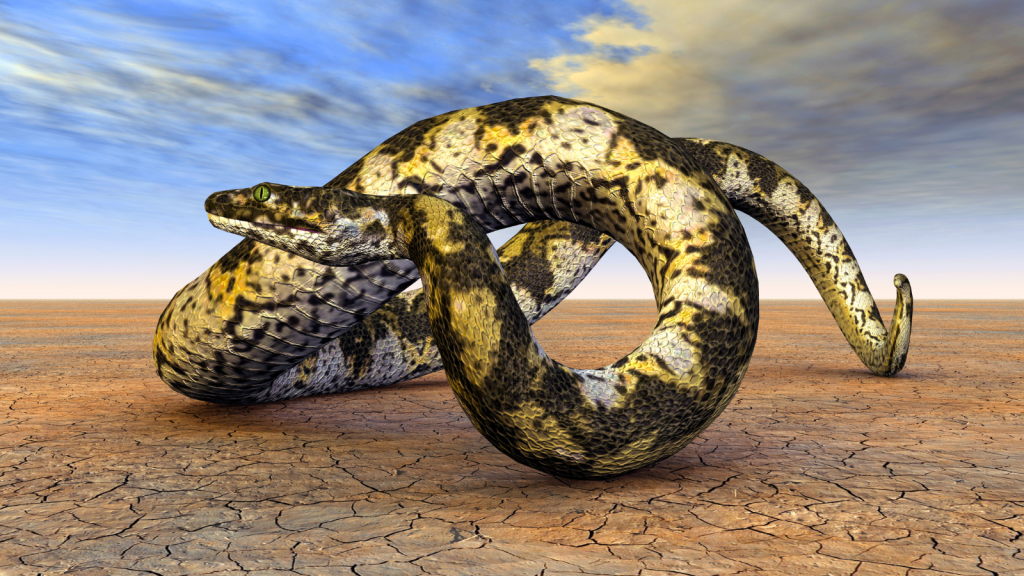Imagine a world where creatures of truly massive proportions roamed the Earth. These ancient beasts, known as megafauna, once dominated landscapes across the globe. Their sheer size and power would leave us in awe today. Sadly, many of these incredible animals vanished long ago, leaving only fossils and stories behind. But their legacy lives on, sparking our imagination and reminding us of nature’s endless wonders. Let’s explore some of these gentle giants and ferocious predators that would make our modern animals look rather small in comparison.
Paraceratherium
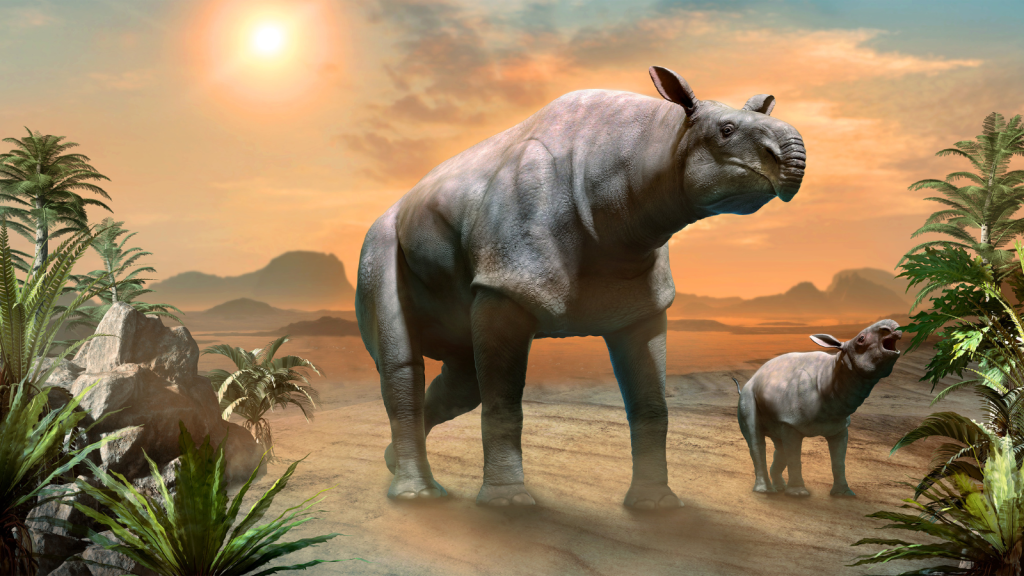
This hornless rhino relative was the largest land mammal to ever walk the Earth. Standing at 5.5 metres tall at the shoulder, it was bigger than three African elephants put together. Paraceratherium roamed Asia about 34 to 23 million years ago, browsing on treetops with its long neck. Its fossils have been found in Pakistan, Kazakhstan, Mongolia, and China, giving us clues about its wide-ranging habitat.
Megalodon

The megalodon was a prehistoric shark that could grow up to 18 metres long. That’s three times the size of the largest great white sharks alive today! With a mouth big enough to swallow a car, this ocean predator hunted whales and other large marine animals about 23 to 3.6 million years ago. Scientists estimate that its bite force was between 108,514 to 182,201 newtons, powerful enough to crush a whale’s skull.
Argentavis Magnificens
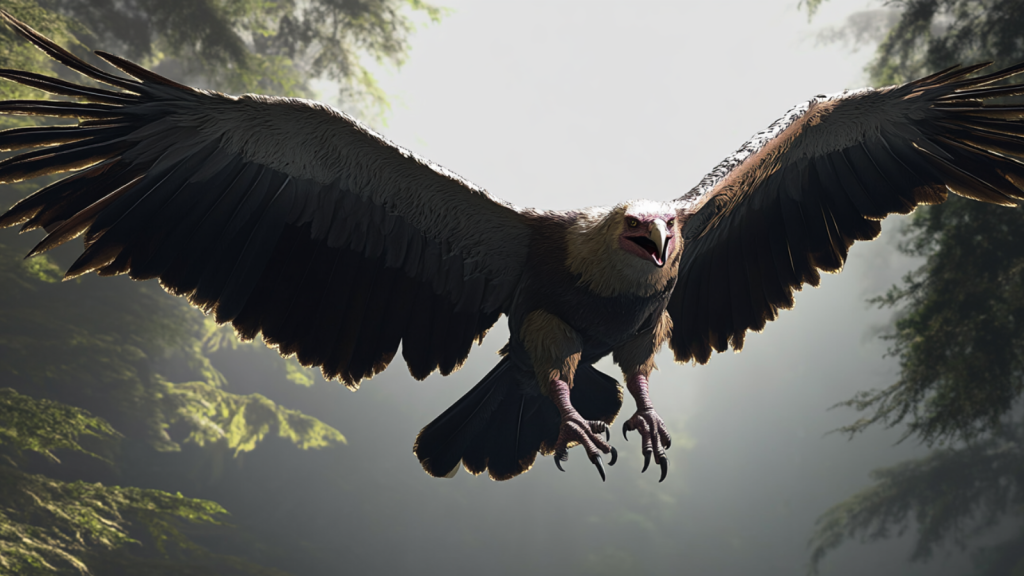
Imagine a bird with a wingspan of up to 7 metres – that’s wider than a small plane! Argentavis magnificens soared over South America about 6 million years ago. This enormous flying creature was related to modern condors and vultures, but dwarfed them in size. Despite its massive size, Argentavis was likely a skilled glider, using air currents to stay aloft with minimal energy expenditure.
Woolly Mammoth
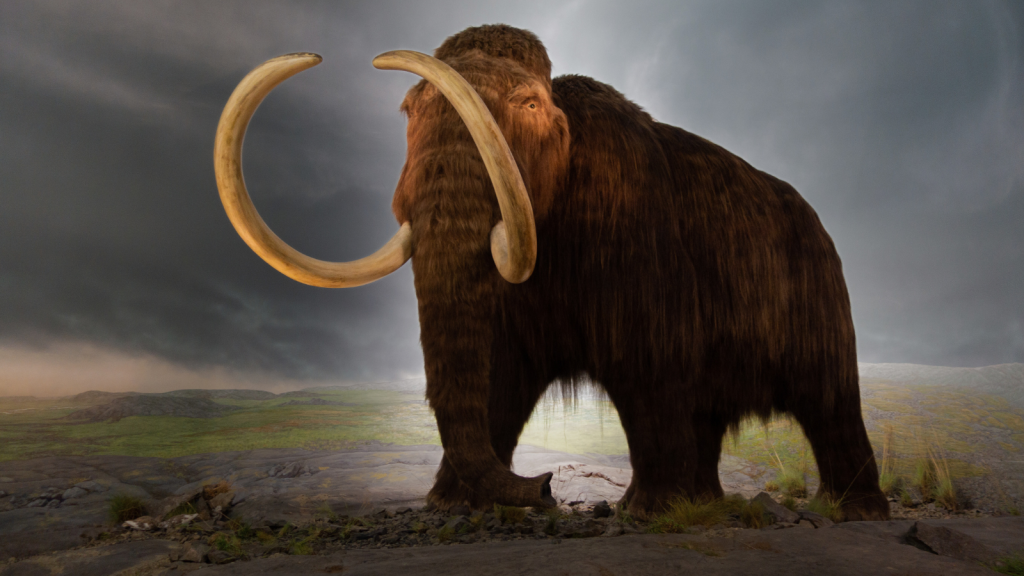
These iconic Ice Age animals stood up to 4 metres tall at the shoulder and weighed up to 6 tonnes. Woolly mammoths roamed across Europe, Asia, and North America until about 4,000 years ago. Their thick fur and layers of fat helped them survive in freezing conditions. Remarkably, well-preserved mammoth remains have been found in Siberian permafrost, some with intact flesh and hair.
Megaloceros Giganteus
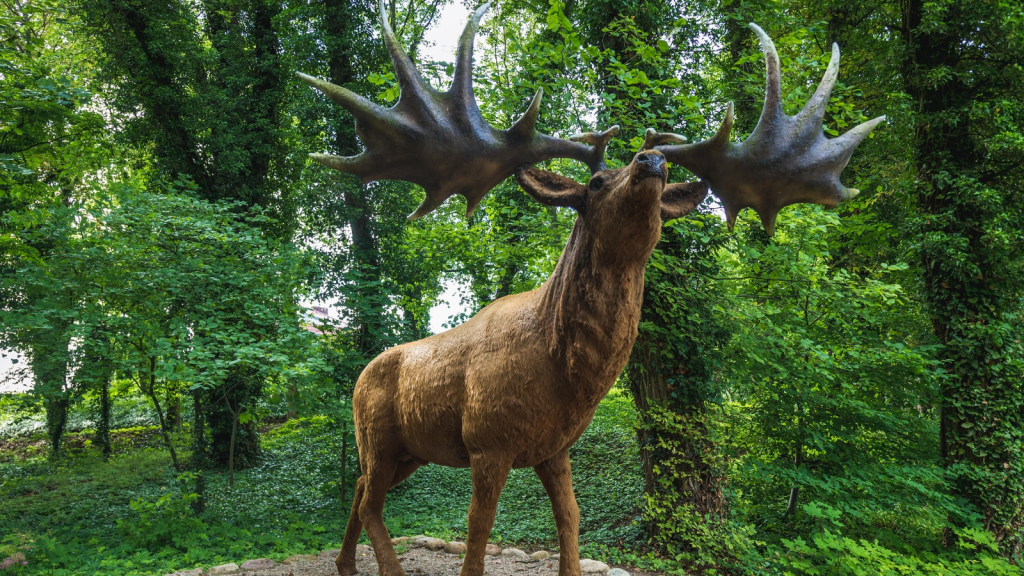
Also known as the Irish elk, this deer species had the largest antlers of any known deer, spanning up to 3.65 metres from tip to tip. Megaloceros giganteus lived in Eurasia during the Pleistocene epoch, going extinct about 7,700 years ago. These massive antlers weren’t just for show – they were likely used in mating displays and battles with rival males.
Titanoboa
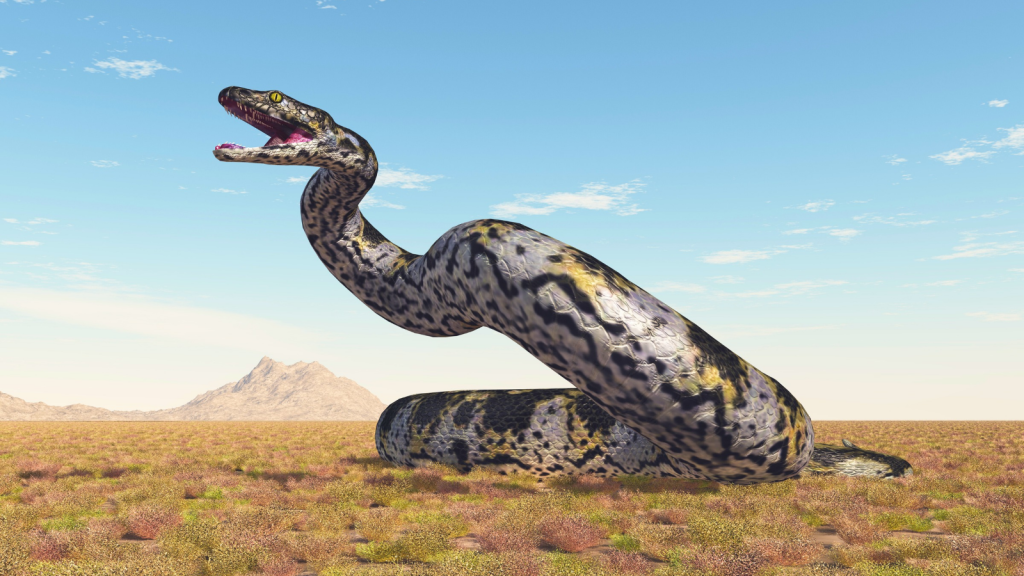
This enormous snake could grow up to 13 metres long and weigh over a tonne. Titanoboa lived in South America about 58 to 60 million years ago, just after the extinction of the dinosaurs. It was the largest known snake in history, capable of eating crocodiles whole. The discovery of Titanoboa fossils has helped scientists understand more about Earth’s climate during the Paleocene epoch.
Megatherium
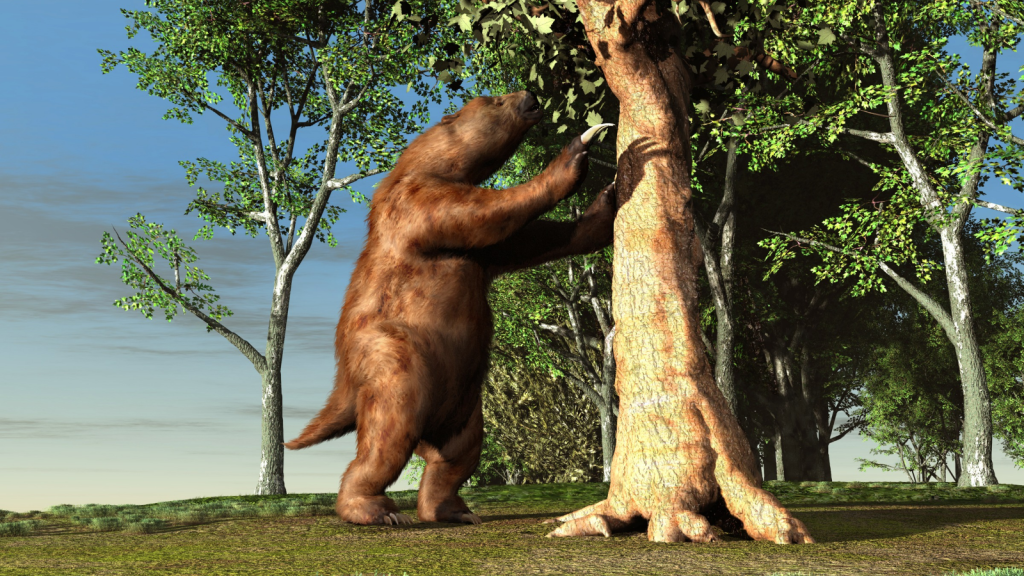
Often called the giant ground sloth, Megatherium could reach heights of up to 6 metres when standing on its hind legs. These enormous plant-eaters lived in South America until about 11,000 years ago. Despite their intimidating size, they were likely gentle giants. Megatherium had large, curved claws which were probably used for pulling down branches and digging for food, rather than for defence.
Deinotherium
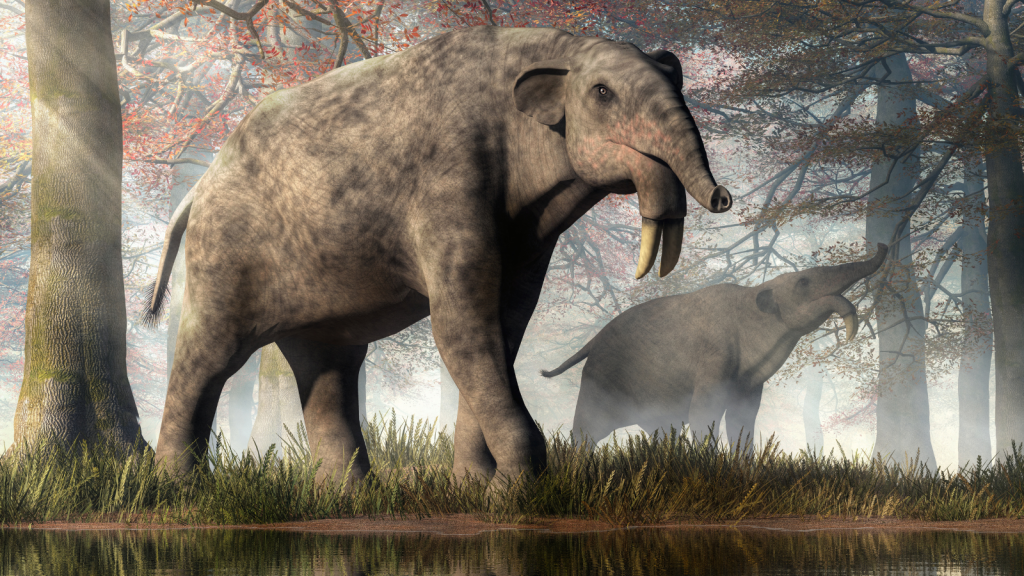
This distant relative of modern elephants had downward-curving tusks on its lower jaw. Deinotherium could grow up to 4.5 metres tall at the shoulder and lived across Africa, Asia, and Europe. It went extinct about 11,000 years ago, leaving behind fossils that puzzle and amaze scientists. The unusual tusks may have been used to strip bark from trees or dig for water and mineral deposits.
Quinkana
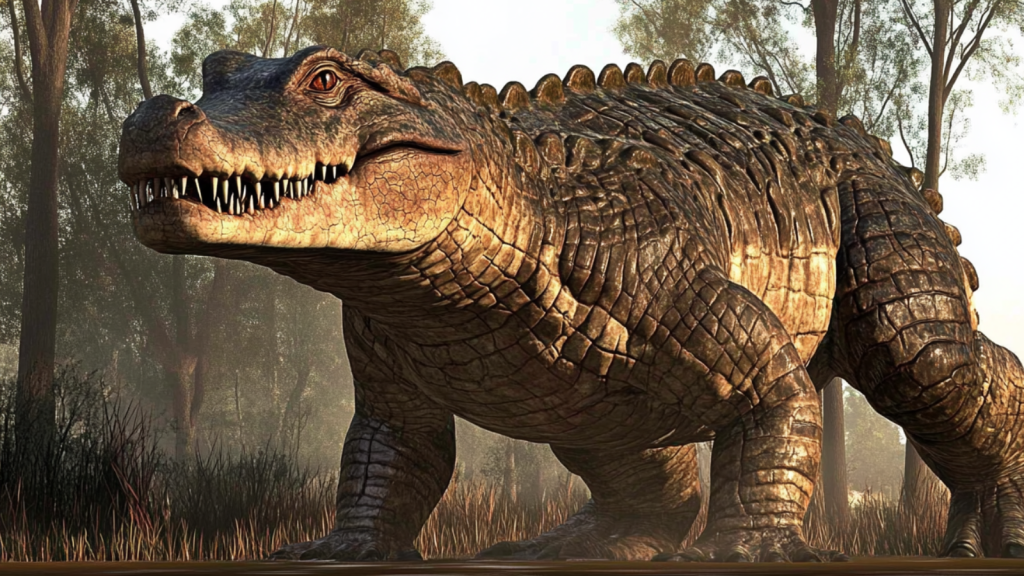
Quinkana was a land-dwelling crocodile that lived in Australia until about 40,000 years ago. It could grow up to 7 metres long and, unlike modern crocs, had long legs for chasing prey on land. This fearsome predator would have been a top carnivore in ancient Australia. Quinkana’s teeth were blade-like, perfect for slicing through flesh, unlike the conical teeth of modern crocodiles.
Diprotodon
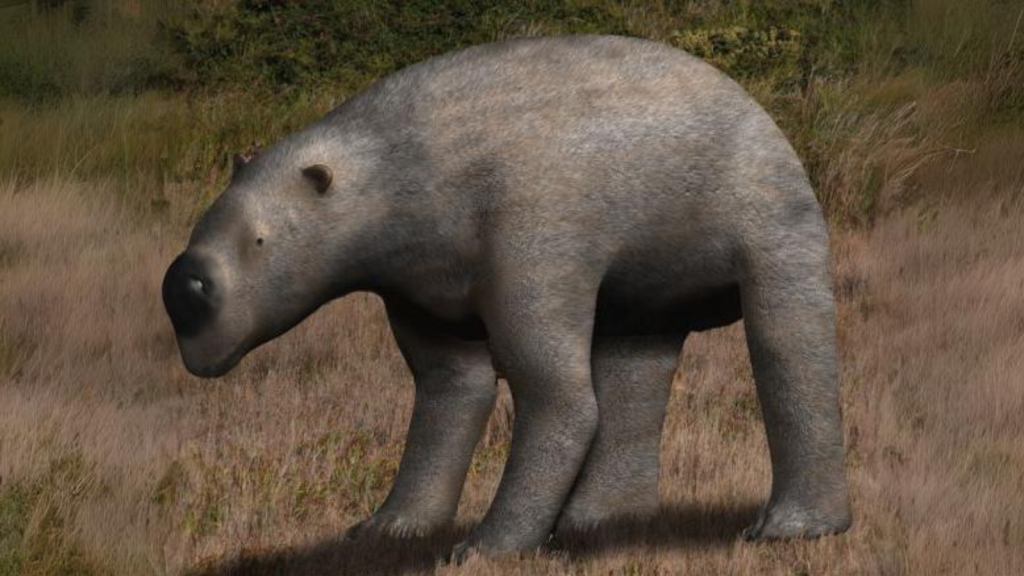
Often called the giant wombat, Diprotodon was the largest marsupial to ever live. It could grow up to 3 metres long and weigh up to 2.8 tonnes. This gentle herbivore lived across Australia until about 46,000 years ago, and may have been hunted by early humans. Diprotodon fossils have been found with marks that suggest they were butchered, providing evidence of human-megafauna interaction.
Phorusrhacos
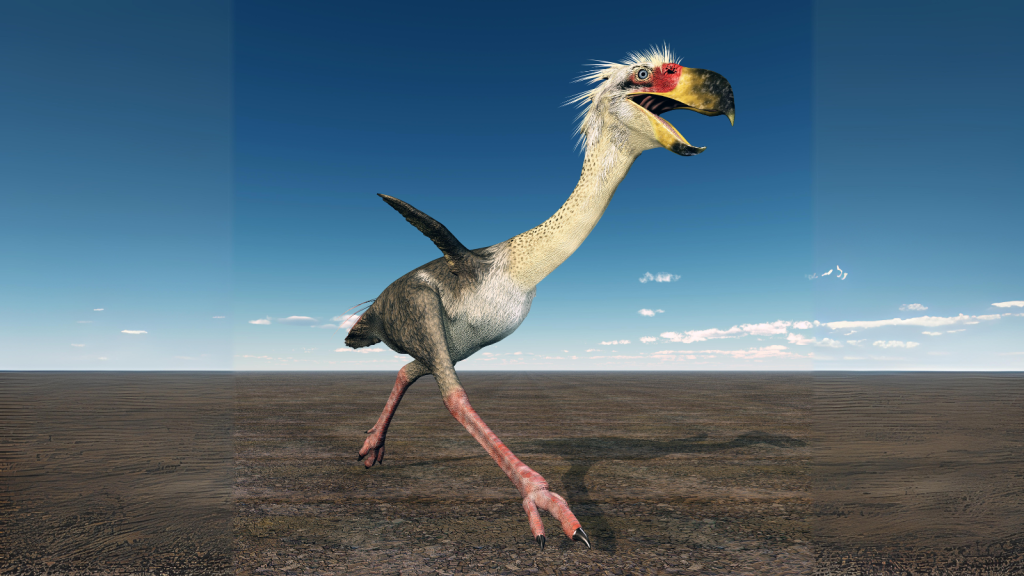
Nicknamed the “terror birds”, Phorusrhacos were flightless predatory birds that stood up to 3 metres tall. They lived in South America until about 2 million years ago. With their massive hooked beaks, they were formidable hunters and likely the apex predators of their time. Studies suggest that Phorusrhacos had a bite force comparable to that of large carnivorous mammals, making them truly terrifying predators.
Becky is a fervent wildlife enthusiast and pet care expert with a diploma in canine nutrition. Her love for animals stretches beyond the domestic, embracing the wild tapestry of global fauna. With over a decade of experience in animal welfare, Becky lends her expertise to OutlandishOwl through insightful articles, captivating wildlife information, and invaluable guidance on pet nutrition. Her work embodies a deep commitment to understanding the intricate lives of animals and a passion for educating others on sustaining natural habitats. Becky's hands-on conservation efforts and her knack for translating complex dietary science into practical pet feeding tips make her an indispensable voice for creatures great and small.

